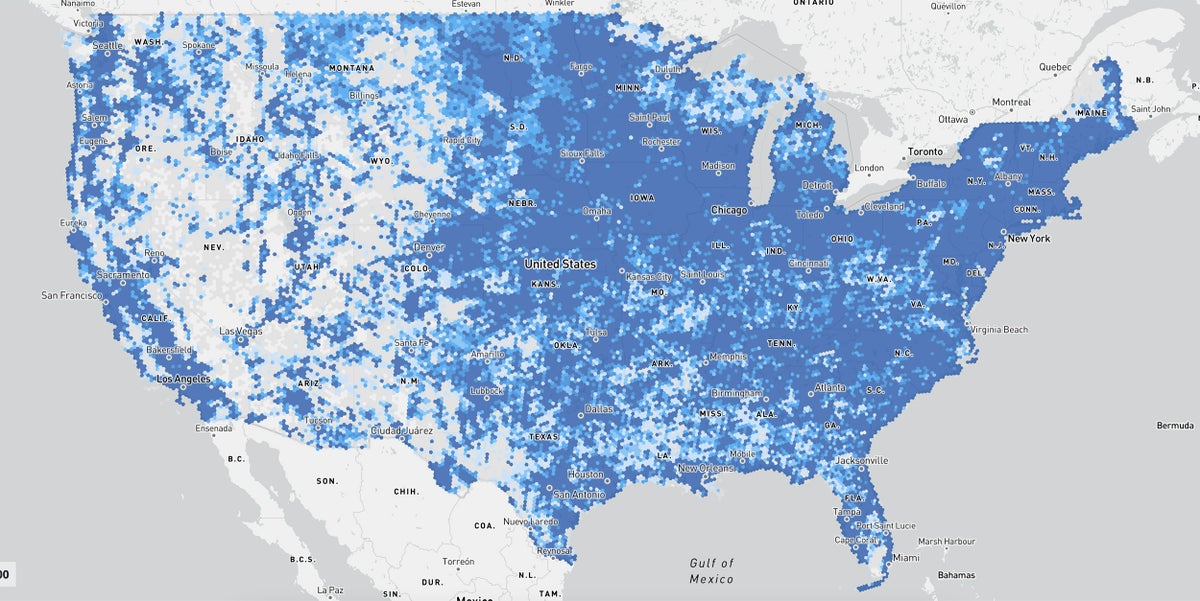
EDITORS/NEWS DIRECTORS:
The pandemic underscored the importance of reliable, high-speed internet. In an effort to close the digital divide, the federal government is making $42.5 billion available for states to expand broadband access.
The amount going to each state depends on what proportion of their homes and businesses lack access to high-speed internet — a determination that will be made using a new map developed by the Federal Communications Commission.
The map attempts to show what internet speeds are available down to specific street addresses. It represents a major upgrade from past FCC broadband maps that were widely panned for their imprecision.
To affect how much money they get from the Broadband Equity, Access and Deployment program, states have until Jan. 13 to challenge the map.
States and local governments are investing millions to investigate the map and educate residents on how to submit their own challenges. Find AP's story here.
RESOURCES
— The Federal Communications Commission’s draft broadband map is available online and searchable by address and provider.
— The FCC has posted a video tutorial and more information on how to submit challenges.
— The AP filtered data from the draft version of the FCC map showing what percentage of residential addresses in each state have access to fixed broadband with speeds of 25 Megabits per second (Mbps) download and 3 Mbps upload, and speeds of 100 Mbps download and 20 Mbps upload.
QUESTIONS/REPORTING THREADS
— Find out what state and local officials are doing to check the accuracy of the Federal Communications Commission’s draft broadband map covering your area. Have officials submitted their own challenges to the draft map? If not, do they plan to? What resources have they allocated to this effort, and what are the limitations of what they are able to accomplish with the resources and time available? Have they initiated any efforts to educate residents about how to navigate the map, check home internet speeds and submit their own challenges?
— How much money has the state already received from the federal government in COVID-relief dollars and other recent federal spending packages to expand broadband access, and how has that money being used? Does your state or local government have a plan in place for how they want to prioritize future allocations?
— Find out how much money internet service providers in your state have received from the federal government historically to expand broadband access. How many locations did the telecoms say they would provide internet to and at what speed? Did they follow through on that obligation? How do we know?
— Interview local people who have been living without reliable internet access. How does the lack of broadband availability impact their lives? Did those barriers come into clearer focus during the pandemic? How so?







